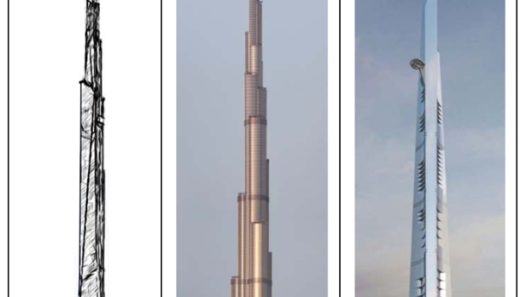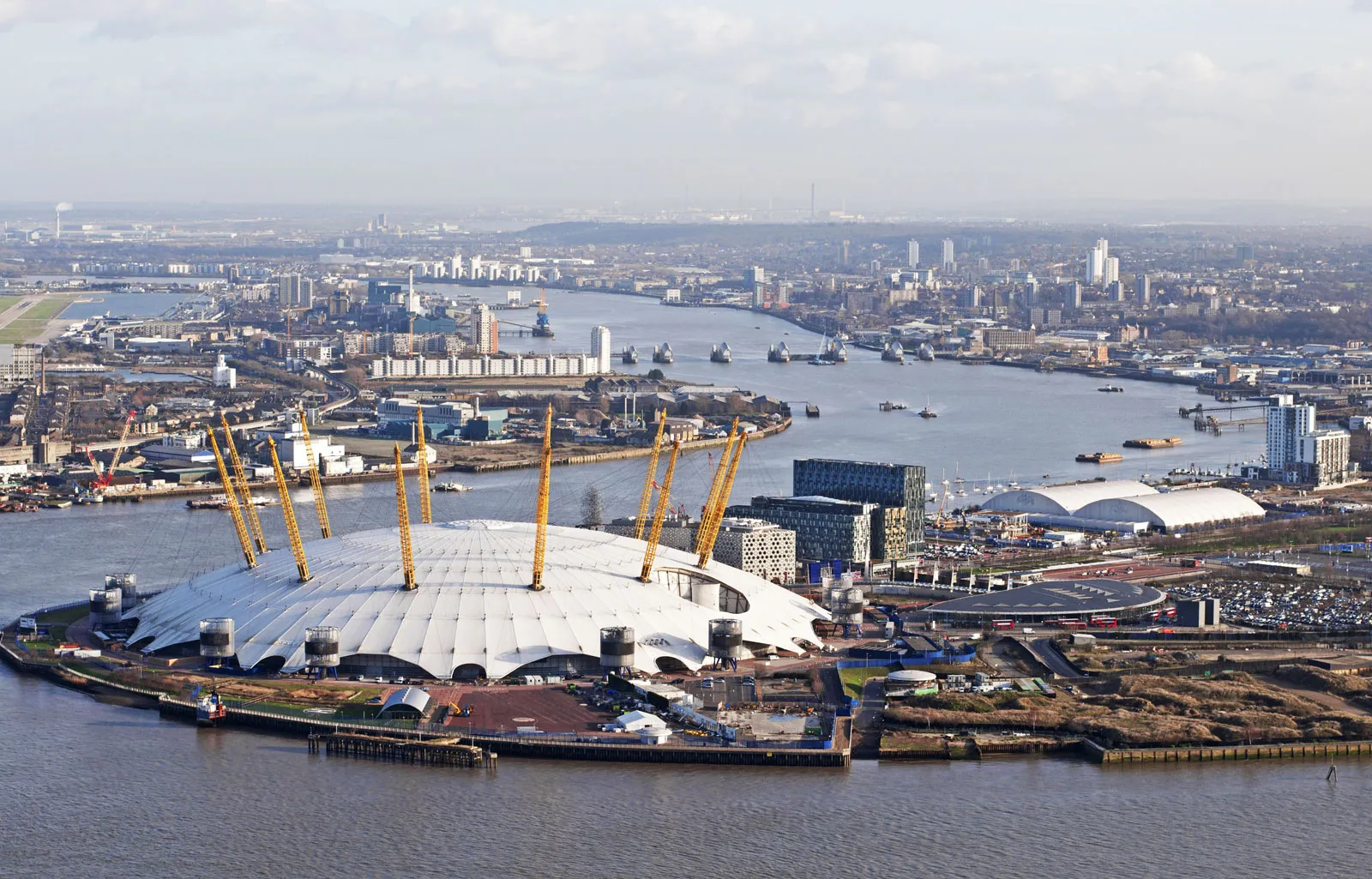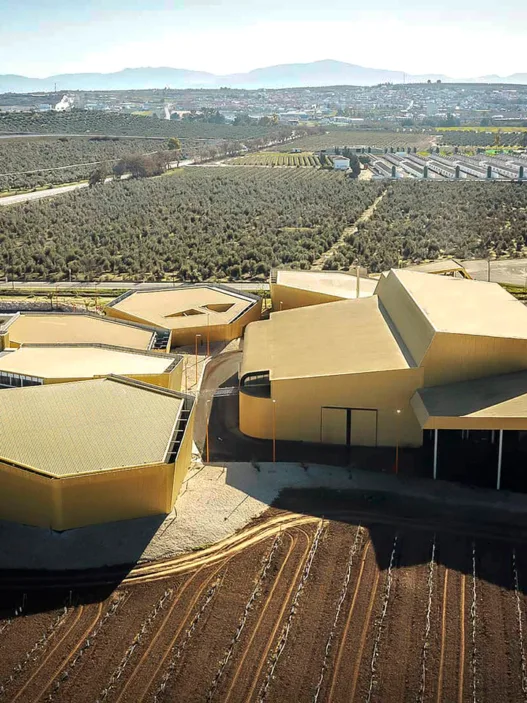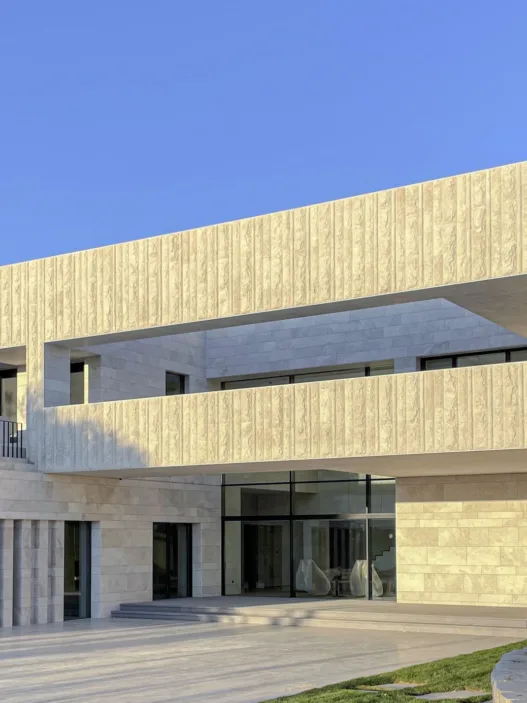Imagine you are walking down a busy city street and suddenly a living sculpture catches your eye. It could be a whimsical mosaic on the wall of a building, a towering metal installation reaching for the sky, or a playful fountain inviting you to interact. This is the magic of public art – it transforms our everyday environments, inspires curiosity, ignites conversations and enriches our lives.

Public art is not just beautiful ornamentation; it is a powerful tool for expression, community building and social commentary. It can challenge our perspectives, celebrate our history and inspire us to think differently about the world around us.
Defining Public Art: Scope and Significance
Public art encompasses a wide range of artistic expressions, from traditional sculptures and murals to interactive installations and performance art. It is art that exists in public spaces, is accessible to all, and is often intended to engage the public in meaningful ways.
The importance of art lies in its ability to
- Enhance the aesthetic appeal of public spaces: Art can transform boring and utilitarian spaces into vibrant and engaging environments.
- Promote cultural understanding and diversity: By showcasing different artistic voices, public art can foster a sense of inclusiveness and appreciation of different cultures.
- Encouragedialogue and critical thinking: Public art can provoke thought, challenge assumptions and stimulate conversations about important social issues.
- Creates a sense of place and identity: Public art can help define the character of a community and create a sense of belonging for its residents.
Historical Context of Public Art in Urban Environments
Public art has a long and rich history dating back to ancient civilisations. From the monumental pyramids of Egypt to the intricate mosaics of Roman cities, art has always played a vital role in shaping cityscapes and reflecting the values and aspirations of societies.
During the Renaissance, art flourished as a means of celebrating civic pride and promoting artistic excellence. Large sculptures and paintings adorned public squares and buildings, showcasing the skills of famous artists and inspiring future generations.
The 20th century saw a shift in artistic practice as artists explored new materials, techniques and concepts. From Henry Moore’s abstract sculptures to Robert Smithson’s monumental earthworks, public art has become increasingly experimental and challenging, reflecting the changing social and political landscape.
Key Characteristics of Effective Public Art Installations
What makes an art installation truly effective? It’s not just about aesthetics; it’s about making a meaningful connection with the viewer and the surrounding environment. Here are some basic characteristics:
- Contextual relevance: The work of art should relate to the history, culture and identity of the society in which it is located.
- Engagingaesthetics: The artwork should be visually appealing and stimulating, inviting viewers to interact with it.
- Accessibility and inclusivity: The artwork should be accessible to everyone, regardless of their background or abilities.
- Durability and sustainability: The artwork should be made of materials that can withstand the elements and last for generations.
- Community involvement: The work of art should be created in co-operation with the community and should reflect their values and aspirations.
Relationship between Public Art and Architecture
Public art and architecture are often intertwined, complementing and enhancing each other. While architecture provides a framework for art, public art adds visual and conceptual richness to the built environment.
By incorporating public art into their designs, architects can create spaces that are both functional and aesthetically pleasing. Public artists can also use architecture as a canvas for their work, transforming buildings and landscapes into works of art.
Overview of Global Trends in Public Art Practices
Public art is a constantly evolving field and new trends are emerging all the time. Here are some of the key trends shaping the global landscape of public art:
- Interactive and participatory art: Increasingly, artists are using technology and sensory experiences to create installations that invite viewers to interact with the artwork.
- Social and political commentary: Public art is often used as a platform to address social and political issues, raise awareness and encourage dialogue.
- Site-specific installations: Artists create works specifically designed for their location, taking into account the unique characteristics of the place.
- Ephemeral and transient art: Artists experiment with temporary installations designed to disappear or transform over time, adding a sense of impermanence and surprise.
- Community-based art projects: Artists work with communities to create artworks that reflect their shared experiences and aspirations.
Public art is a vibrant and dynamic field that continues to evolve and inspire. As we move forward, we can expect to see even more innovative and engaging public art installations that transform our cities and enrich our lives.
Architectural Integration of Public Art
Imagine a building, not just a structure, but a living canvas where art and architecture intertwine to create a symphony of form and meaning. This is the essence of architectural integration of public art – a harmonious marriage where art enriches the built environment and architecture provides a stage for artistic expression.
Completion of Architectural Design: Aesthetic Improvements
Public art can ennoble architectural design by adding visual richness and depth. It can emphasise architectural features, create visual rhythm and introduce unexpected elements that arouse curiosity.
Imagine a sleek, modern building adorned with a vibrant mural that creates a burst of colour and energy. Or a minimalist facade punctuated by a delicate sculpture that adds elegance and sophistication. Public art can transform a building from a mere structure into a work of art in its own right.
Creating Focal Points: The Role of Art in Urban Landscapes
Public art can act as a beacon, drawing attention to specific areas and creating focal points within the urban landscape. A towering sculpture in a public square can become a landmark, a gathering place and a symbol of the city’s identity.
Imagine a bustling city street where a monumental sculpture stands tall, inviting passers-by to pause, reflect and interact with the work of art. This focal point not only enhances the visual appeal of the street, but also creates a sense of place and belonging.
Public Art as a Narrative Tool: Telling a Story through Space
Public art can be a powerful storytelling tool, weaving narratives into the fabric of the built environment. A series of murals depicting the history of a neighbourhood can bring the past to life, while a sculpture commemorating a significant event can remind a community of its shared heritage.
Imagine a park where a series of sculptures tell the story of a local legend, or a building adorned with murals depicting the city’s cultural diversity. Public art can transform spaces into living museums, preserving history and celebrating cultural identity.
Interactive Art Installations: Public Participation in Architectural Spaces
Interactive art installations are becoming increasingly popular and invite viewers to participate in and interact with the artwork. These installations can transform architectural spaces into playgrounds for the imagination, encouraging a sense of discovery, interaction and curiosity.
Imagine a building with a kinetic sculpture that reacts to the movements of passers-by, or a public square with a light installation that changes colour and pattern according to the time of day. Interactive art installations can blur the lines between art and architecture, creating a dynamic and engaging experience for the public.
Successful Integration of Public Art in Significant Buildings
There are countless examples of successful architectural integration of public art around the world. Here are a few notable examples:
- Guggenheim Museum in Bilbao, Spain: Designed by Frank Gehry, this iconic building is a masterpiece of architectural and artistic collaboration. The building itself is a work of art and is adorned with sculptures and installations that enhance its unique form and create a mesmerising experience for visitors.
- National Gallery of Art in Washington, D.C.: The East Building of the National Gallery of Art features a series of sculptures by renowned artists, seamlessly integrated into the building’s design. These sculptures enhance the aesthetic appeal of the building and create a dialogue between art and architecture.
- Walt Disney Concert Hall in Los Angeles, California: Designed by Frank Gehry, this striking concert hall is a testament to the power of architectural integration of public art. The building’s exterior is adorned with stainless steel panels that create a shimmering effect, while the interior features a series of sculptures and installations that enhance the acoustics and create a unique and immersive experience for concertgoers.
These case studies demonstrate the transformative power of the architectural integration of public art. When art and architecture work together, they create spaces that are not only visually stunning, but also meaningful, engaging and inspiring.
Social Impact of Public Art
Public art is not just about aesthetics; it is a powerful force that can shape our communities, encourage dialogue and inspire social change. It has the ability to transform places, connect people and create a shared sense of identity.
Fostering Community Identity and Sense of Place
Public art can act as a powerful symbol of a community’s history, culture and values. It can tell stories, celebrate local heroes and reflect the unique character of a place. Public art can create a sense of belonging and pride by showcasing the diverse voices and experiences of a community.
Imagine a neighbourhood where murals tell the stories of residents, or a park where sculptures commemorate local events. These artefacts can become touchstones for the community, reminding them of their shared history and promoting a sense of unity.
Encouraging Public Participation and Engagement
Public art can break down barriers and encourage people to interact with their environment in new ways. Interactive installations, playful sculptures and community-based art projects can create opportunities for people to connect, collaborate and share experiences.
Consider a public square where a kinetic sculpture invites passers-by to interact with it, or a community garden where residents come together to create a collaborative artwork. These spaces can become centres for social interaction, fostering a sense of community and belonging.
Public Art as a Catalyst for Social Change and Dialogue
Public art can be a powerful tool to raise awareness about social issues, trigger conversations and encourage dialogue. It can challenge assumptions, provoke thought and inspire action.
Consider a mural depicting the struggles of marginalised communities or a sculpture commemorating victims of injustice. These artworks can act as a catalyst for social change, encouraging people to reflect on their own prejudices and engage in meaningful conversations about important issues.
Increasing Accessibility and Inclusion in Urban Areas
Public art can make urban spaces more accessible and inclusive for everyone. By bringing together different perspectives and artistic voices, public art can create welcoming and engaging spaces for people from all walks of life.
Consider a park where a sculpture is designed to be accessible to people with disabilities, or a mural that celebrates the diversity of a community. These artworks can create welcoming and inclusive spaces that promote a sense of belonging for all.
Public Art Projects Transforming Communities
There are countless examples of public art projects transforming communities around the world. Here are a few notable examples:
- The Mural Project in Detroit, Michigan: This project transformed dilapidated buildings into living canvases, showcasing the city’s rich history and culture. The murals have revitalised neighbourhoods, increased community pride and attracted tourists and investors.
- The High Line in New York: Built on a former railway line, this elevated park is a testament to the power of public art to transform urban spaces. The park features a variety of sculptures, installations and gardens that create a unique and engaging experience for visitors.
- Peace Park in Belfast, Northern Ireland: Built on a formerly uninhabited site, this park is a symbol of peace and reconciliation. The park features a series of sculptures and monuments commemorating the city’s troubled past and celebrating its journey towards peace.
These exemplary works demonstrate the transformative power of public art. When used to engage communities, trigger dialogue and promote social change, the arts can create a more just, equitable and vibrant world for all.
Economic Benefits of Public Art
Beyond its aesthetic and social value, public art can also be a powerful engine for economic growth. It can attract tourists, increase property values and create a ripple effect in economic prosperity by revitalising local businesses.
Attracting Tourism and Economic Development
Public art can transform cities into vibrant cultural destinations that attract tourists from around the world. Unique and fascinating art installations can become iconic landmarks and attract visitors to experience the city’s artistic and cultural offerings.
Imagine a city known for its vibrant murals, interactive sculptures and innovative art installations. These artistic attractions can become magnets for tourists and generate revenue for hotels, restaurants, shops and other businesses.
Increasing Property Values through Artistic Enhancements
Public art can enhance the aesthetic appeal of neighbourhoods, raise property values and attract investment. A well-planned public art programme can transform neglected areas into vibrant and attractive places to live, work and play.
Imagine a run-down neighbourhood where murals adorn buildings, sculptures decorate parks and interactive installations engage the community. These artistic improvements can revitalise the area, attract new residents and businesses, and increase property values.
Public Art as a Driver of Local Business Growth
By creating a sense of place and identity, public art can attract local businesses and foster a thriving entrepreneurial ecosystem. By creating vibrant and engaging public spaces, public art can encourage people to spend time in their community, support local businesses and foster a sense of community pride.
Imagine a city where public art is integrated into the fabric of everyday life, from murals in shop windows to sculptures in parks. These artistic touches can create a unique and inviting atmosphere, attracting businesses and entrepreneurs who want to be part of a thriving and creative community.
Funding and Investment Opportunities in Public Art Initiatives
Public art initiatives can receive funding from a variety of sources, including government grants, private foundations and corporate sponsorships. By demonstrating the economic and social benefits of public art, communities can secure funding for ambitious projects that transform their neighbourhoods and improve the quality of life of their residents.
Consider a city that has successfully leveraged public art to attract tourism, increase property values and stimulate local job growth. This success story can serve as a model for other communities and encourage them to invest in public art and reap the economic rewards.
Challenges to Public Art Implementation
While public art has enormous potential to enrich our lives and societies, its implementation is often faced with challenges. Overcoming bureaucratic obstacles, balancing artistic freedom with public sensitivities, and ensuring the long-term preservation of art installations are just a few of the obstacles public art projects face.
Overcoming Bureaucratic and Regulatory Barriers
Public art projects often require navigating a complex web of regulations, permits and approvals. From zoning restrictions to historic preservation rules, these bureaucratic hurdles can delay projects, increase costs, and sometimes even stifle creativity.
Imagine an artist wanting to create a large-scale installation in a public park. They may need to obtain permits from multiple organisations, undergo environmental impact assessments and comply with a myriad of regulations. This bureaucratic process can be time-consuming and frustrating and can potentially hinder the realisation of ambitious public art projects.
Balancing Artistic Freedom and Social Sensitivities
Public art often leads to debate and controversy, as different communities may have different perspectives on what constitutes acceptable art. Balancing artistic freedom and community sensitivities is a delicate dance that requires careful consideration and dialogue.
Imagine a proposed mural depicting a controversial social issue. Some community members may embrace the message of the artwork, while others may find it offensive or inappropriate. Finding a middle ground that respects both artistic expression and community values is crucial to the successful implementation of public art.
Maintenance and Protection of Public Art Installations
Public art installations are often subject to the elements, vandalism and wear and tear. Ensuring their long-term care and preservation requires careful planning, ongoing monitoring and dedicated resources.
Consider a beautiful sculpture in a public park that is gradually deteriorating due to exposure to the weather. Without proper maintenance, the artwork can lose its aesthetic appeal and eventually become a safety hazard. Investing in regular maintenance and preservation is essential to ensure that public art installations remain vibrant and accessible for generations to come.
Involving Different Stakeholders in the Public Art Process
Public art projects should involve a wide range of stakeholders, including artists, community members, public officials and private organisations. Engaging these stakeholders in a meaningful and inclusive way is crucial to ensure that public art projects reflect the values and aspirations of the community.
Imagine a public art project developed without input from the community. The resulting artwork may not resonate with residents, leading to dissatisfaction and even resistance. By involving community members in the planning, design and implementation of public art projects, we can ensure that the art reflects the unique character and values of the community.
The Future of Public Art in Architectural Spaces
The future of public art is bright, brimming with possibilities as technology and creativity come together to transform our urban landscapes. Interactive installations, digital art and innovative collaborations are redefining how we experience art in architectural spaces.
Emerging Trends in Interactive and Digital Public Art
The lines between art and technology are blurring and a new generation of interactive and digital public art is emerging. Imagine walking through a city where buildings come alive with light projections, sculptures respond to your touch and murals become interactive experiences.
These emerging trends push the boundaries of artistic expression, creating immersive and engaging experiences that blur the lines between viewer and participant. From augmented reality installations that overlay digital art onto real-world environments to kinetic sculptures that react to the movements of passers-by, the possibilities are endless.
The Role of Technology in the Development of Public Art Experiences
Technology is playing an increasingly important role in the development of public art experiences, making art more accessible, engaging and interactive. Sensors, projections and mobile applications are transforming the way we interact with and perceive art in public spaces.
Imagine a public square where a sculpture is illuminated by a dynamic light show that changes according to the time of day or the weather. Or a mural that comes to life in augmented reality, revealing hidden stories and details when viewed through a smartphone app. Technology empowers artists to create immersive and engaging experiences that captivate audiences and stimulate the imagination.
Global Perspectives on Innovative Public Art Projects
Around the world, artists and architects are pushing the boundaries of public art, creating innovative projects that transform urban landscapes and inspire communities. From interactive installations that encourage social interaction to site-specific sculptures that respond to their surroundings, these projects are shaping the future of public art.
Imagine a city in South Korea where a public park is transformed into a digital playground with interactive light installations and augmented reality experiences. Or a city in Brazil where a series of murals depict the stories of local residents and create a vibrant tapestry of community identity. These global perspectives illustrate the diversity and innovation of public art in the 21st century.
Visionary Public Art Initiatives Shaping the Future
There are many visionary public art initiatives around the world that are shaping the future of art in architectural spaces. Here are a few notable examples:
- Museum of the Future in Dubai: Designed by architect Shaun Killa, this iconic building is a testament to the power of technology and art to create a futuristic and immersive experience. The museum features interactive installations, holographic projections and cutting-edge technology that transports visitors into a world of imagination and innovation.
- The High Line in New York: Built on a former railway line, this elevated park is a prime example of how public art can transform a neglected urban area into a vibrant and engaging destination. The park features a variety of sculptures, installations and gardens that create a unique and immersive experience for visitors.
- Light Art Festival in Amsterdam: This annual festival showcases the latest developments in light art and technology, transforming the city into a dazzling spectacle of light and colour. The festival features interactive installations, projections and light sculptures that illuminate the city’s canals, bridges and buildings.
These case studies demonstrate the transformative power of public art in architectural spaces. By embracing technology and innovation, artists and architects are creating experiences that inspire, engage and connect communities.
Conclusion: The Lasting Importance of Public Art in the Enhancement of Architectural Spaces
Public art is not just decorative; it is a powerful force that shapes our cities, inspires our imagination and connects us to our communities. As technology continues to evolve, public art will continue to play a vital role in improving architectural spaces, creating vibrant and engaging environments that enrich our lives.
The future of public art is bright, full of possibilities for creativity, innovation and social impact. By embracing the power of technology and collaboration, we can create a world where art is an integral part of our daily lives, transforming our cities into vibrant and inspiring places.

















